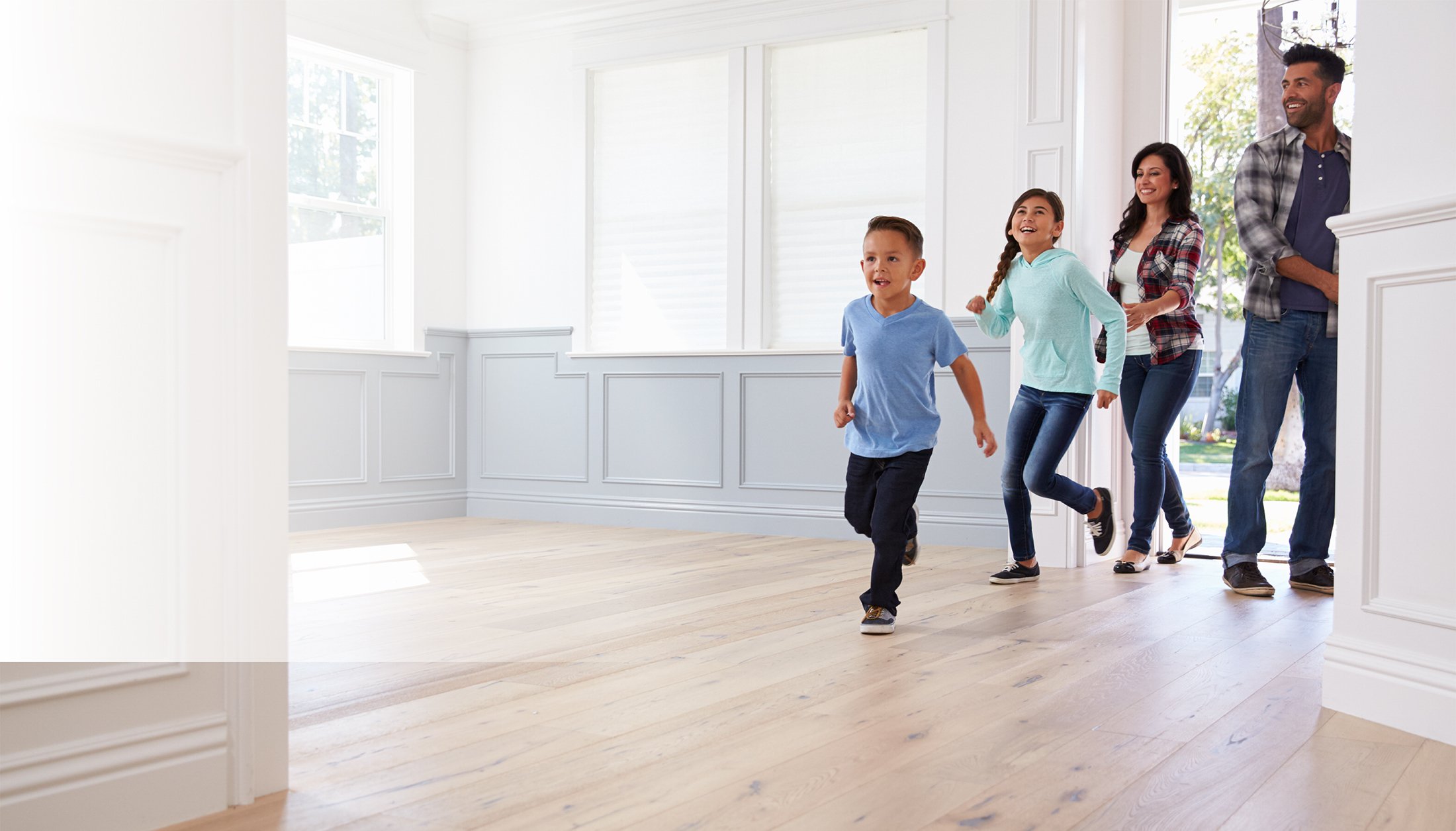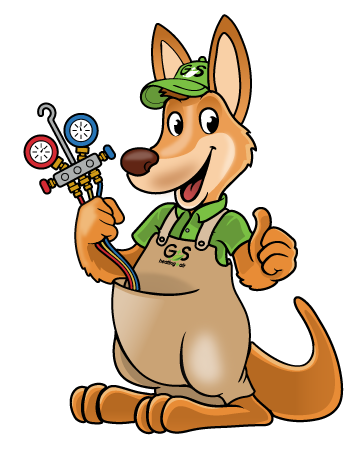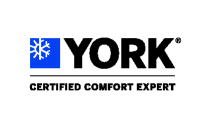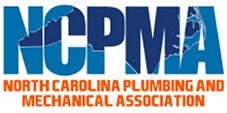
The indoor air quality in your home affects you and your family more than you know. How can you tell if your air is subpar? Look at what an indoor air quality assessment can find and how you can improve your indoor air without giving up energy efficiency.
What Lurks in Your Indoor Air?
Most people spend far more time indoors than out, and much of that is inside your home. People with allergies and respiratory issues often have the most difficult time with poor air quality, but it can affect everyone that spends time indoors. The things that linger in the air in your home can include:
- Dust and dust mites
- Dander from pets and people
- Pollen and other allergens from flowers and plants
- Mold and mildew, especially prevalent in our humid climate
- Chemicals from paint, household cleaning products and chemicals, and lawn and garden chemicals
- Smoke from cigarettes or cooking
How an Air Quality Assessment Works
The only way to know if your indoor air is good or bad is with an air quality assessment. Using specialized equipment, an HVAC technician can measure the following:
- The ambient temperature
- The humidity levels
- What and how many airborne particulates are present
- What chemicals and how much of them are in the indoor air
- Carbon dioxide levels
- Carbon monoxide levels
Maintaining Energy Efficiency Keeping your indoor air clean does more than just help you breathe easier. It also helps your HVAC system run more efficiently. The less dust and particulates in the air, the less work the system must do to keep up with demand. Improving your indoor air through the proper filtration system not only helps you, but also helps your energy use.












